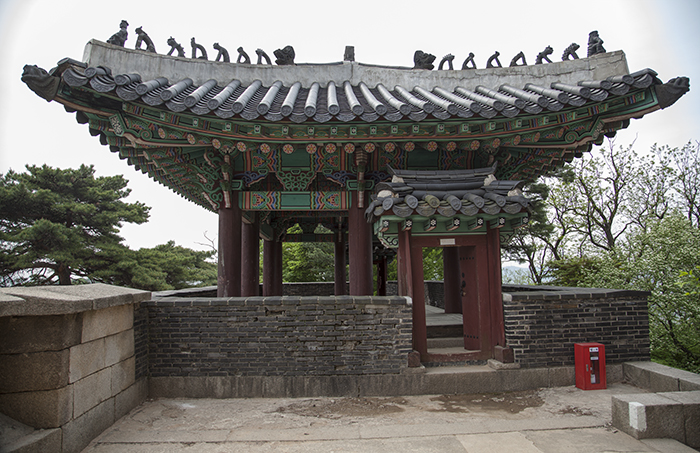That's where CRCR comes in. I was so happy to find that we actually have a quality local roaster. I only recently discovered them even though I've unknowingly had their coffee before at places like Sambalatte and Grouchy John's. You can order their beans online and you'll get a freshly roasted bag. But on this occasion, with my current bag of Redwall Espresso blend pretty much empty, I figured what better time to visit the roastery?
Meeting Erik and Jana, it's clear that this isn't really a job for them; it's a passion. Erik enthusiastically explained everything about the process. It starts with the green coffee beans going into the roasting machine. ("Green" refers to the raw, unroasted bean).

It was fun to see the smaller machines they used before they stepped up their production. Their current roaster features dual infrared burners that supply even heat along the rotating barrel.

The entire roasting process can be computerized to a point where it could run on its own. But that's not how Erik likes to operate. He constantly monitors everything and takes notes.

Once the beans reach their ideal roast, they drop out to cool.

This system has fans that suck air downwards, speeding up the cooling process considerably.

The aroma is incredible.

At this point, all that's left is to bag and tag.

CRCR's bags feature a one-way air valve that allows the beans to keep degassing (releasing CO2). This also allows you to squeeze the bag and sample that wonderful scent.

Our overall visit to CRCR was much more than I anticipated. Not only did we get to see the process first hand, they even brewed up some coffee for us to try. And when I asked about buying their coffee mugs, Erik was kind enough to just let us walk away with a pair.








































